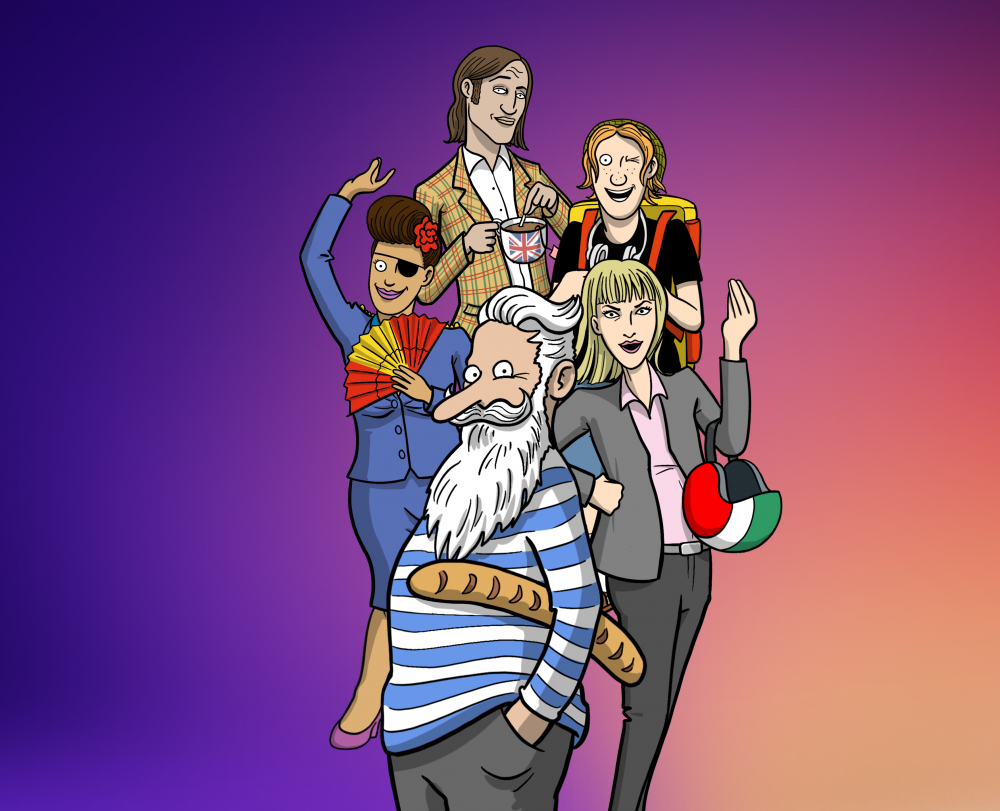When to use ser, estar (both “to be”) and tener (to have)
We use the verbs ser, estar (to be) and tener (to have) to express emotional states of people or things.
La fiesta es aburrida.
The party is boring.
Estoy aburrida de esperar el tren en la estación.
I'm bored with waiting for the train in the station.
Nacho tiene aburrimiento.
Nacho is bored.
We use ser or estar + adjective:
- With the verb ser, we express permanent features and states.
Desde pequeña, Ana es alegre.
Since she was a little girl, Ana has been cheerful.
- With the verb estar, we express emotional states that are not permanent.
Ana está alegre porque es viernes.
Ana is happy because it's Friday.
We use tener tener, presente + noun to express emotional states:
Ana tiene alegría porque Teo viene a visitarla.
Ana is happy (literally “has happiness”) because Teo is coming to visit her.
Note: with the verb tener, we also express physiological states, symptoms and diseases.
Tengo frío, calor, sueño, hambre, sed…
I'm cold, hot, sleepy, hungry, thirsty etc. (literally “I have cold, heat, sleep, hunger, thirst, etc.”)
Carolina tiene fiebre.
Carolina has a fever.
Magda tiene la gripe y no viene a trabajar.
Magda has the flu and isn't coming to work.
Still facing difficulties with 'When to use ser, estar (both “to be”) and tener (to have)'? Learn and enhance your Spanish grammar through our online Spanish course. Start with a free test and improve today!
What our users say:
Improve your Spanish further and test Hotel Borbollón, online Spanish lessons.

